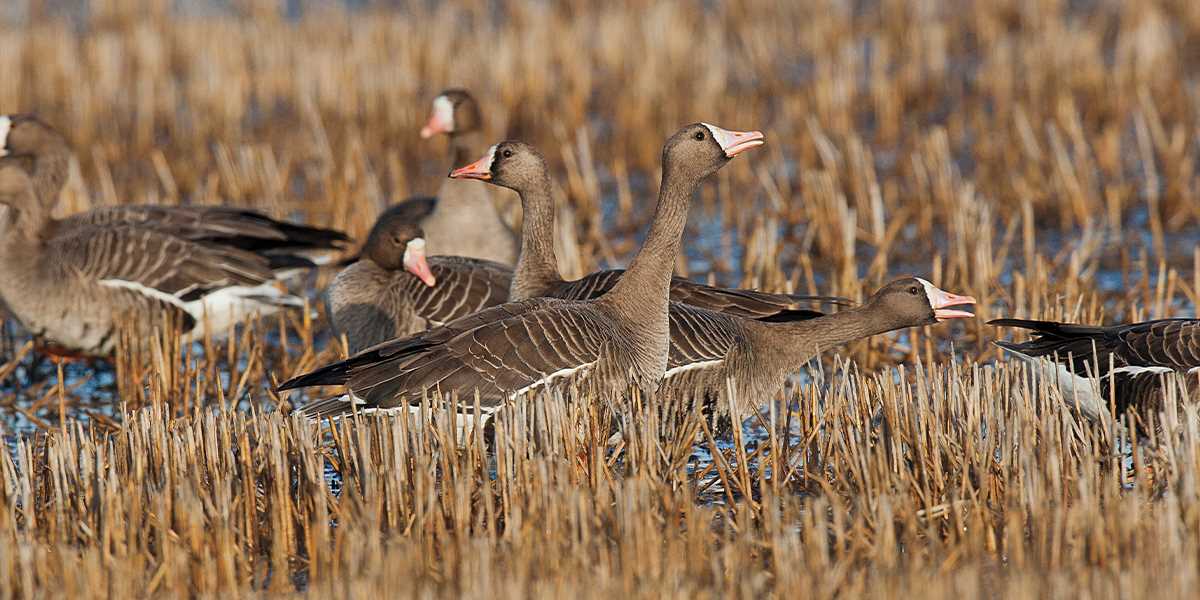
By Dana Bolden, Senior Vice President, External Affairs and Sustainability, Corteva Agriscience
Growing more crops than ever before while at the same time reducing the carbon footprint, improving water quality, and preserving crucial wildlife habitats—does this sound too good to be true? In fact, that is exactly what many farmers are achieving, thanks to a combination of sustainable agriculture practices, seed and crop input innovations, and digital technologies.
Their efforts are increasingly important in a world that is facing both a rapidly growing population and the uncertainties of climate change. As the world's population is expected to rise to 9.3 billion in the next 30 years, it will take a 40 to 50 percent increase in production to meet food security needs. Roric Paulman of Sutherland, Nebraska, is balancing a generations-long commitment as a steward of his family's land with the need to improve productivity and profitability on every acre. For 20 years, Roric has been implementing practices such as strip-tillage or no-tillage and more frequent than usual crop rotation to manage pests, improve soil health, and increase yields. He, like others, finds that profitability can be increased by lowering input costs.
These changes also require a long-term commitment and can be even more difficult in a challenging agricultural economy. However, the investment has paid off. Roric estimates that these practices have boosted yields on his farm by more than 10 percent over the past three to five years. Corteva Agriscience has a longstanding commitment to providing farmers with the tools and information they need to improve productivity and meet sustainability goals. In fact, our company's purpose is to enrich the lives of those who produce and those who consume, ensuring progress for generations to come.
Since the introduction of hybrid corn seed to farmers nearly 100 years ago, new innovations and technologies have improved yields and agronomic traits for crops like corn, soybeans, cotton, sorghum, and more. These innovations enable higher yields on existing acreage, allowing growers to produce more food while minimizing the conversion of wetlands, forests, or other marginal areas to arable land. New technologies such as CRISPR-Cas gene editing will allow us to improve nutritional and sustainability characteristics of crops as well.
Corteva is constantly looking for ways to better control pests and diseases. The company has been recognized by the US Environmental Protection Agency (EPA) more than any other agricultural input company for groundbreaking scientific solutions to real-world environmental problems, winning the Green Chemistry Challenge Award five times. A new generation of digital tools, such as those developed by Granular, can help farmers create prescription plans to use only the precise amount of seed, fertilizers, and other inputs for each section of a field. More targeted application lessens the likelihood of runoff or leaching into streams or wetlands. Satellites and drones enable farmers to see detailed images of fields throughout the growing season.
By combining technologies and management practices, today's farmers are building resilient, healthy ecosystems for crops and wildlife while meeting the food security needs of a growing world. With nearly three-fourths of America's remaining wetlands on private lands, partnerships between farmers and ranchers, other landowners, and conservation groups are vital. Together, we'll make it happen—one farm at a time, one acre at a time.
Ducks Unlimited uses cookies to enhance your browsing experience, optimize site functionality, analyze traffic, and deliver personalized advertising through third parties. By continuing to use this site, you agree to our use of cookies. View Privacy Policy